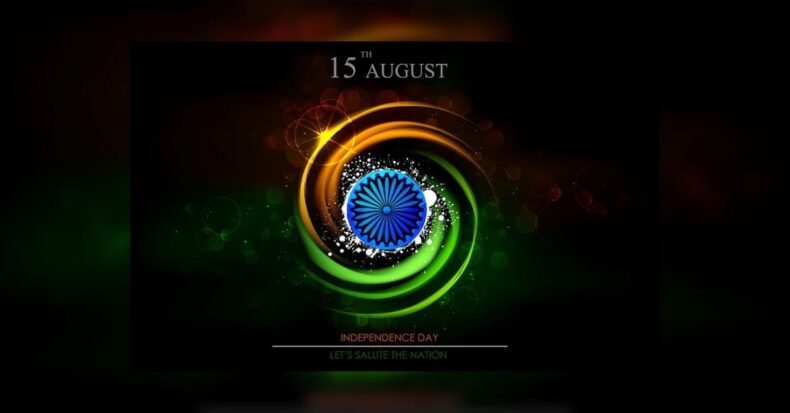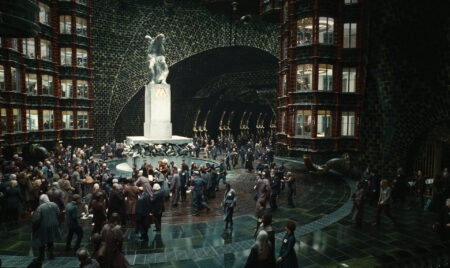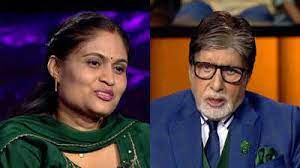
India’s freedom fighters and prominent leaders of the Indian independence movement fought a long and arduous struggle for the independence of our nation from the colonial rule of the British.
On August 15th, 2021, India will celebrate its Independence Day every year, marking it as the 75th Anniversary of Independence.
Gallantry history of Independence
The British Raj was a period of crown rule over the Indian Subcontinent that lasted from 1858 until India’s independence in 1947. The East India Company (EIC), a trading company of the British Empire, first set foot in Surat, Gujrat, in 1619.
After the incident of a large-scale Indian soldier rebellion in 1857, The EIC transferred all their power to the British Crown. After this, the colonial government strengthened and expanded its infrastructure via the court system, legal procedures, and statutes.
During company rule in India and the British Raj, famines in India were some of the worst ever recorded. Not only this, India suffered in World War I and II also.
The number of Britishers in India was small, yet they could rule almost 52% of the Indian Subcontinent. During this period, a significant event in Indian nationalism started to rise. Indian leaders began to ask for “self-rule” and later “complete independence”.
Slowly but steadily, the oppression against cruel rule started to grow. Great leaders like Mahatma Gandhi, Sardar Vallabhbhai Patel, Netaji Subhas Chandra Bose, Bhagat Singh, and many more emerged and strived for independence.
The Quit India movement resulted in the British leaving India and transferring all power back to the Indian citizens in 1947, after 150 years of ruling India.
In addition to that, the British Indian Empire partitioned the subcontinent into the Union of India and the Dominion of Pakistan.
Independence Day 1947 and its Significance
“When the world sleeps, India shall awake to life and freedom.” The first speech from the first Prime Minister of Independent India, Jawaharlal Nehru,
This day is a remembrance for all Indians of all those patriots, freedom fighters, and leaders who gave their lives, mind, body, and soul to free India.
Through torture, countless lives were given, so we are blessed today to see free India again. Their immense determination and faith are the reasons India stands united today.
On this day, India’s tricolour flag was hoisted above the Lahori Gate of the Red Fort in the capital Delhi in 1947.
After that, every year on Independence Day, the national flag is hoisted at the Red Fort by the Prime Minister, followed by his address to the nation.
‘Nation First, Always First’
With five aspects, including all the ideas and feelings of 130 crore people, PM Narendra Modi gave five agendas to celebrate the Freedom Struggle: Ideas at 75, Achievements at 75, Actions at 75, and Resolve at 75.
Since the world is facing COVID-19, an unprecedented challenge, most schools, colleges, and other government offices will be closed. No big event is likely to be organized.
The Union Home Ministry recently issued guidelines for states and Union territories and asked them to follow all the preventive measures during the celebration.
Is India celebrating the 74th or 75th anniversary of Independence?
There is confusion between people, and the answer is direct.
Case 1: if you consider 1947 as the base year, we celebrate 74 years of freedom as per calculations.
Case 2: if you consider 15th august 1947, we observe and celebrate 75 years of Independence.
Celebrations Plans
Through Prime Minister, India will launch year-long celebrations to honour Independence and the freedom fighters.
The government will showcase their work in development, governance, technology, reform, progress and policy over the years.
Projects ranging from energy-efficient street lighting to control centres in all 100 smart cities to garbage-free 2022 and skilling programmes for migrant workers will start. A total of Rs 20,404 crores worth of projects will be inaugurated tomorrow.
As per economic time and their sources, mega initiatives for the installation of 75 solar trees, platinum jubilee model parks in 10 selected cities, 75,000 medical and fruit-bearing plants, a showcase of technologies used by India at a global tech festival, riverfront developments, lake redevelopment projects, intelligent schools and digital libraries are included.
How has India done so far since 1947?
- At Independence, the GDP of India stood at Rs. 2.7 lakh crore. Today, it has a GDP of Rs. 135.12 lakh crore, making it the world’s sixth largest economy, and it is on track to become the world’s largest by 2031.
- Forex Reserves of India stood at Rs. 1029 crore in 1950-91 and today are it worth around Rs. 46.17 lakh crore fifth largest in the world.
- In 1948, the total foreign investment in India stood at Rs. 256 crores. But between the period 2020-21, India recovered a record worth of foreign direct investment of US $ 81.72 billion.
- Access to electricity in rural India.
- Roadways have expanded exponentially from 0.4 million kilometres to 6.4million kilometres today, becoming the second largest road network in the world.
- India is already known as the biggest railway line since Independence. From 14,000 kilometres to 67,956 kilometres connecting northeast India to the mainland.
Thus, India today is emerging as one of the largest economies in the world. During this decade, it has changed more significantly.
Today India has added up much more power to its diplomatic negotiations. Indians’ groups have extended their footprints internationally.
Digital India is a few extraordinary developments, reminding us that India has challenged itself and grabbed all the opportunities in front.













